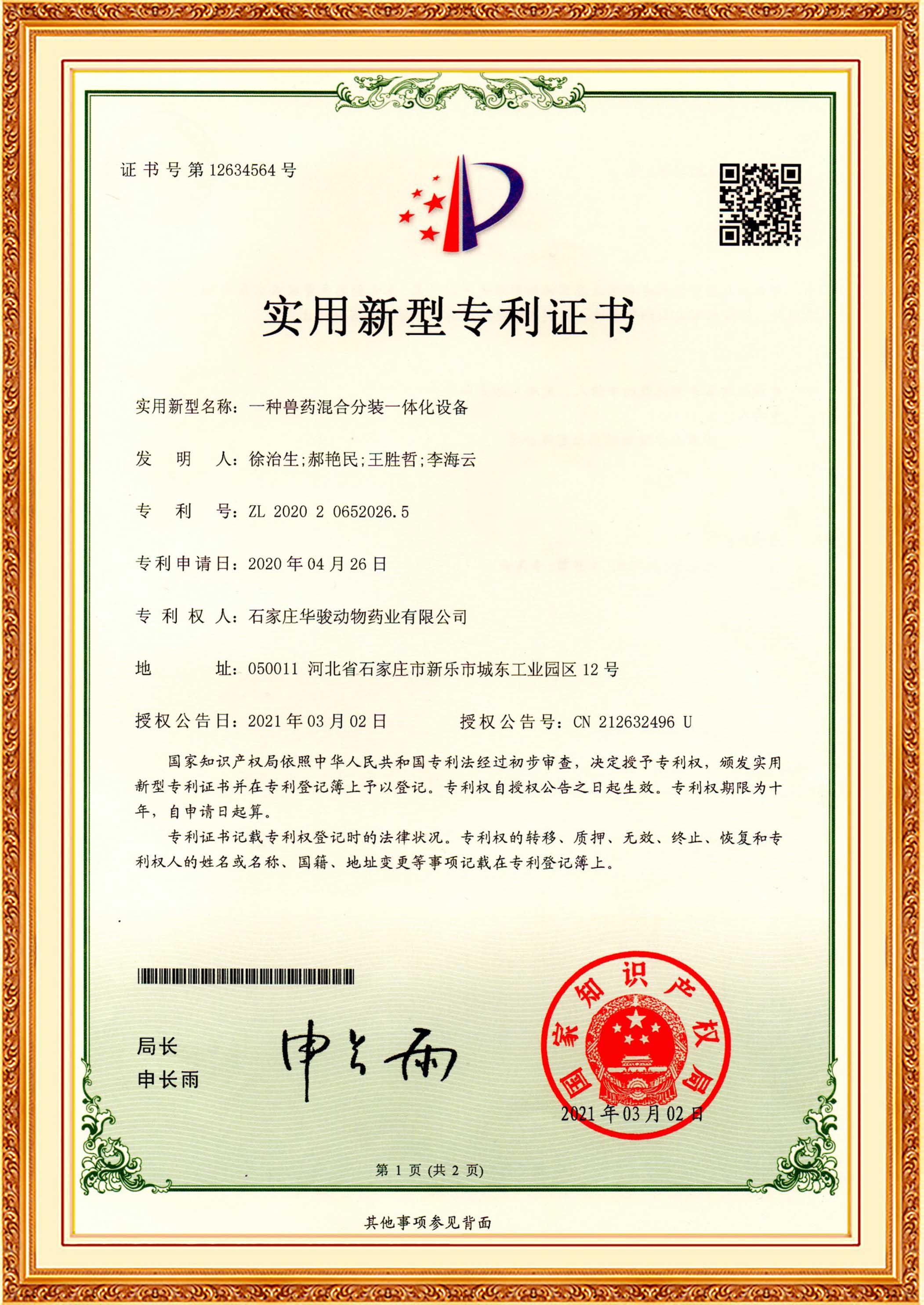
Ago . 02, 2024 14:27 Back to list
Understanding the Impact and Management of White Spot Disease in China’s Aquaculture Industry
China White Spot Disease Understanding the Threat and Mitigation Strategies
White Spot Disease (WSD), primarily affecting shrimp, has emerged as a significant concern for aquaculture in China and across the globe. Characterized by the appearance of white spots on the exoskeleton of infected shrimp, this disease is caused by the White Spot Syndrome Virus (WSSV), which is highly contagious and can lead to drastic declines in shrimp populations. The economic impact of WSD on fisheries and aquaculture industries cannot be overstated, making it crucial to understand its dynamics, transmission, and strategies for mitigation.
The Nature of White Spot Syndrome Virus
WSD is caused by a DNA virus that belongs to the family Nimaviridae. It can infect various shrimp species, notably the Pacific white shrimp (Litopenaeus vannamei), which is one of the most widely farmed shrimp species in China. The virus can be transmitted horizontally through direct contact between infected and healthy shrimp or vertically through infected broodstock. Once infected, shrimp may exhibit symptoms such as lethargy, loss of appetite, and the characteristic white spots, which are calcium carbonate deposits under the cuticle caused by viral infection.
The rapid spread of WSD is exacerbated by the close quarters in which farmed shrimp are kept. High stocking densities, combined with stress factors such as poor water quality and inadequate management practices, create an environment conducive to viral outbreaks. In recent years, outbreaks have led to significant economic losses in China's aquaculture sector, highlighting the urgent need for effective management strategies.
Prevention and Control Measures
Preventing and controlling WSD requires a multi-faceted approach, incorporating biosecurity, management practices, and research and development. Key strategies include
china white spot disease

1. Biosecurity Protocols Implementing strict biosecurity measures is vital to prevent the introduction and spread of WSSV. This includes thorough sanitation of equipment, restricting access to farms, and careful management of water sources. Farmers should monitor incoming broodstock for signs of infection to avoid introducing the virus into their facilities.
2. Surveillance and Monitoring Regular health monitoring of shrimp populations can help detect the early signs of WSD. Implementing a comprehensive surveillance program allows for timely interventions that can contain the disease before it spreads further.
3. Improved Management Practices Optimal farming practices, including maintaining water quality, controlling stocking densities, and providing adequate nutrition, can enhance shrimp resilience against viral infections. Educating shrimp farmers about these practices can significantly mitigate the risk of WSD outbreaks.
4. Research and Development Continued research is essential for developing robust treatments and vaccines against WSD. Genetic selection for disease-resistant shrimp stocks may provide a sustainable long-term solution to combatting this virus.
5. Public Awareness and Training Raising awareness about WSD and training shrimp farmers on best practices in biosecurity and farm management are crucial steps in strengthening the overall resilience of the aquaculture sector in China.
Conclusion
White Spot Disease poses a significant risk to the aquaculture industry in China, threatening both economic stability and food security. A collaborative approach involving farmers, researchers, and government regulatory bodies is necessary to develop effective strategies to combat this disease. By enhancing biosecurity measures, improving management practices, and investing in research, China can better safeguard its shrimp farming sector and ensure sustainable aquaculture development in the face of such challenges. Addressing WSD not only protects economic interests but also helps maintain the integrity of the shrimp farming industry in the long term.
-
Quality Bacillus Coagulans BC30 Factory - Expert Production
NewsAug.02,2025
-
China Salivation AI with GPT-4 Turbo Features
NewsAug.01,2025
-
Epic Sepsis Factories: AI-Driven Detection with GPT-4 Turbo
NewsJul.31,2025
-
Acute Salpingitis and Oophoritis AI Factory
NewsJul.31,2025
-
Premium China Bacillus Subtilis Supplier & Factory Solutions
NewsJul.30,2025
-
Premium Avermectin Supplier in China | Custom Solutions Available
NewsJul.29,2025




